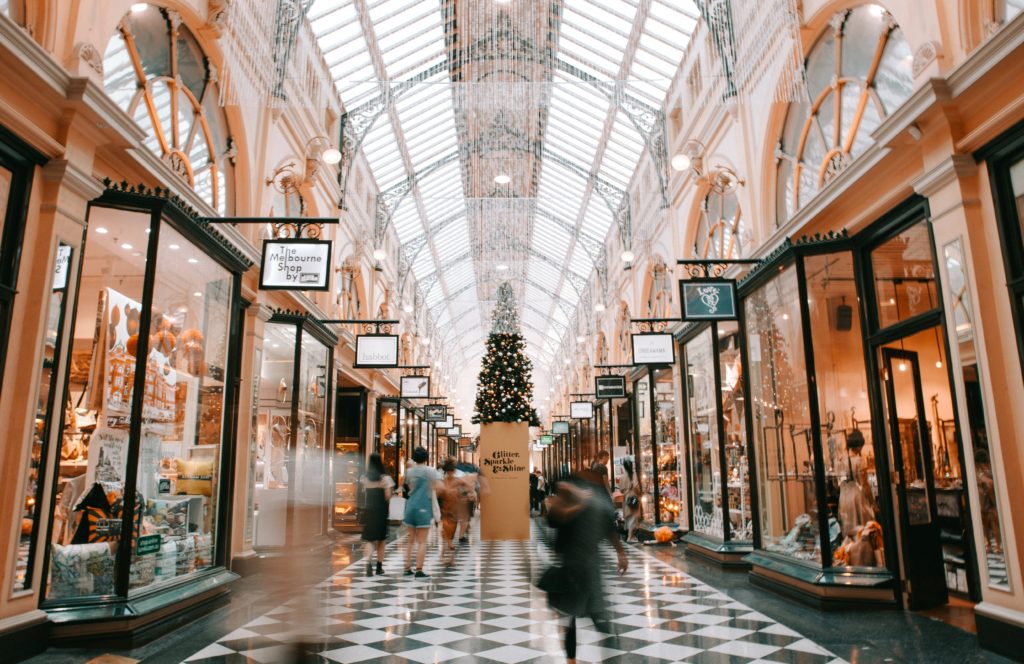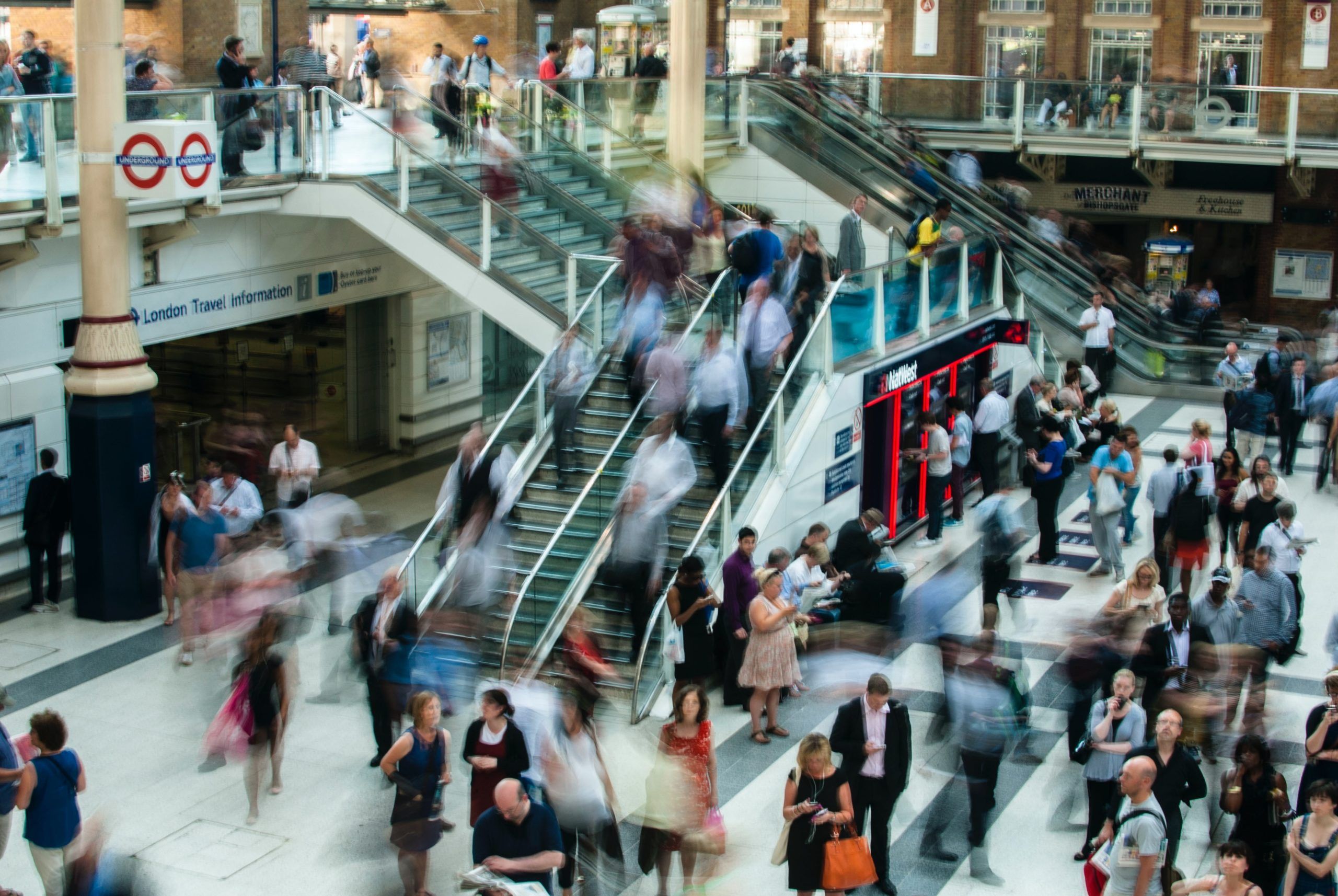The Coronavirus Pandemic may have changed the Retail Experience forever. With physical stores closed for the last few months and only opening recently, the dynamics of retail shopping have changed. This is because people have become used to shopping online, a culture that is unlikely to change anytime soon. Let us take a look at the future of the Retail Industry and how we may be headed towards a digital age with fewer stores.
Read: JCPenney: How a Century-Old Company Filed for Bankruptcy
What is Retail Experience?
The Retail industry once prided itself on in-person user experiences. A retail store was known through its physical brick and mortar presence. Furthermore, customers valued their physical presence and the experience of trying out and seeing items physically. Hence, retailers did their best to maximize customer experience. Their efforts included in-store music, entertainment, higher-quality stores, and so on.

However, the rise of the internet has seen users shift to online stores. Furthermore, another change to the Retail Experience has been brought about by COVID-19. The pandemic has sparked mass lockdowns all over the world. Hence, many retail stores have been severely affected and quite a few have gone out of business. However, those who had an online presence have managed to survive and adapt. Users have shifted their focus towards online shopping, and retailers have had to shift their focus from bettering in-house experiences to better managing online experiences of their customers. Their online stores have become their biggest assets. So, what does the future hold for these retailers?
A Store-less future?
With these changes in the retail sector, is it safe to assume that we are heading towards a store-less future? It certainly seems that way. The internet and the rise of e-commerce have made physical stores all the more redundant. People have realized that they can order the same clothes and food from the comfort of their homes. The lockdown has helped them discover new ways online to make their lives easier. Moreover, companies and entrepreneurs have adapted to the new normal and have been coming up with new online services that may not have existed before.

However, some argue that physical stores might not be completely abolished. Instead, the role that they play for a certain brand will change. rather than incur massive losses by closing down and selling store locations, brands can use them just for storage. If managed efficiently and digitally, customers could even come to the store and buy products by selecting then through electronics. Only one or two employees would then be present to collect the payment and give the customer their selected product. This would be a retail store’s own version of a drive-thru. Otherwise, the stores could be used as mini-warehouses that manage and deliver orders nearby.
A Digital Revolution
Rapid technological advancements in retail merchandising other areas have made the world a very different place. Artificial Intelligence and Virtual Reality have been two of the greatest advancements made over the last couple of decades. Moreover, both can be used (even together) for the betterment of the retail experience. Fewer in-person touches mean digital artifacts need to embody brands in deeper, more memorable ways. Brands have an opportunity to embrace media that can communicate the experience of using their products. This is where AI and VR come in. Just like virtual reality has been created to give users realistic experiences of surroundings, it can be used to walk them through retail stores.

More common, however, is the use of Artificial Intelligence to monitor consumer choices and behavior. Brands can now track users and their behaviors when they visit their websites. Moreover, brands can use this to direct users towards their preferred destinations.
Do you think the retail experience will now predominantly be online? Let us know in the comments below!

